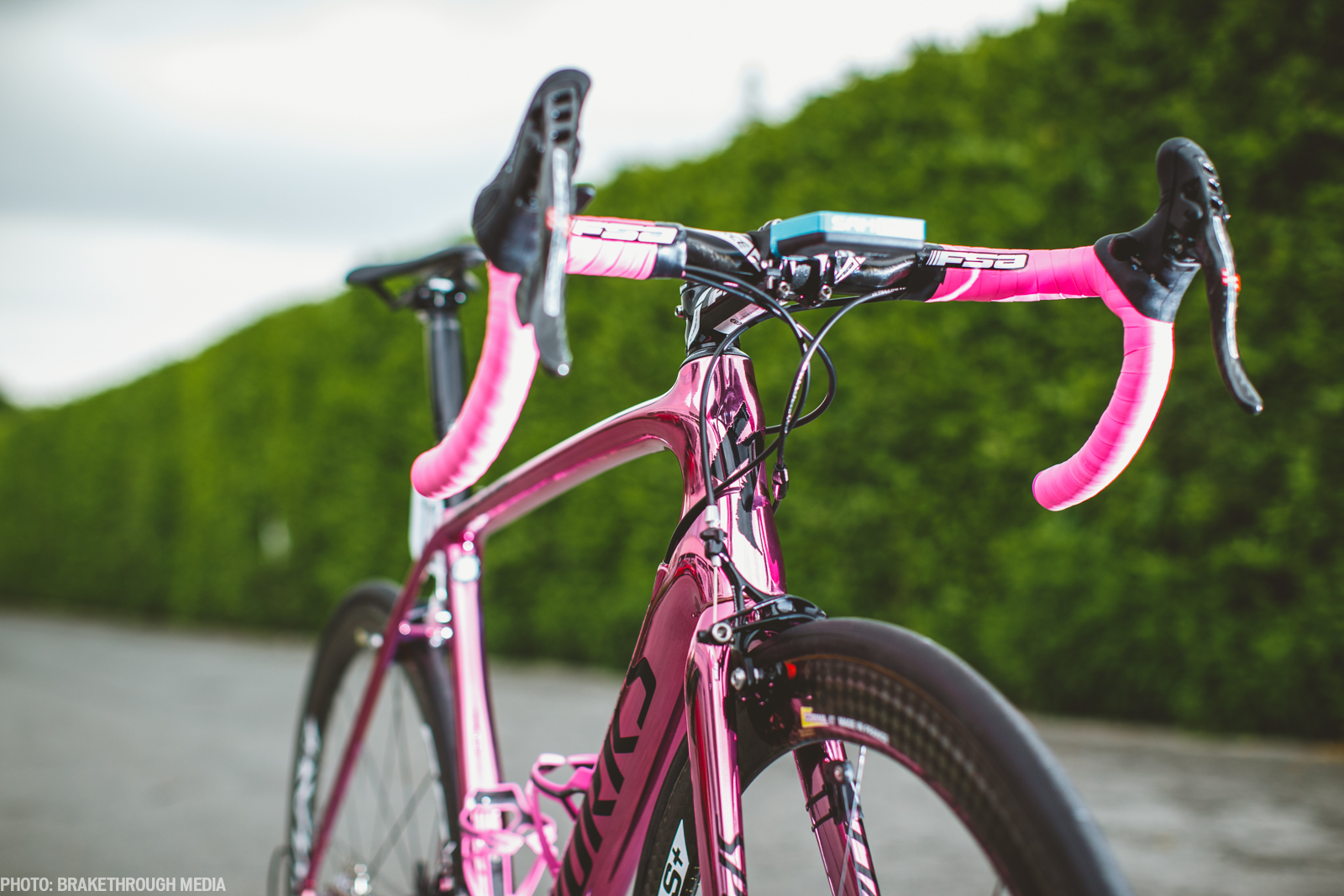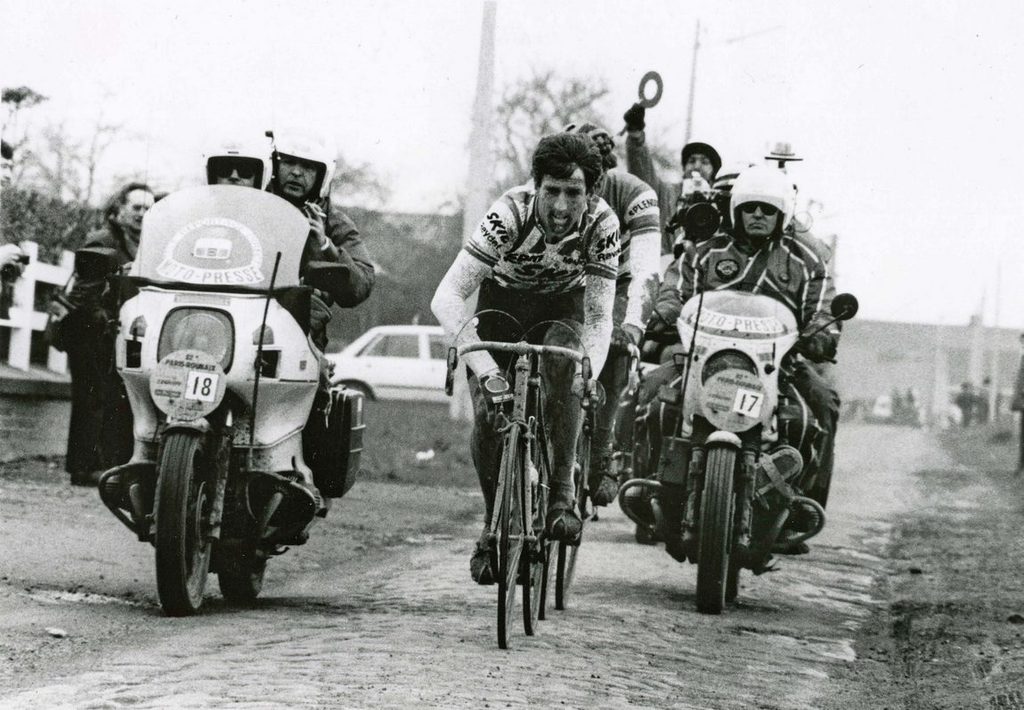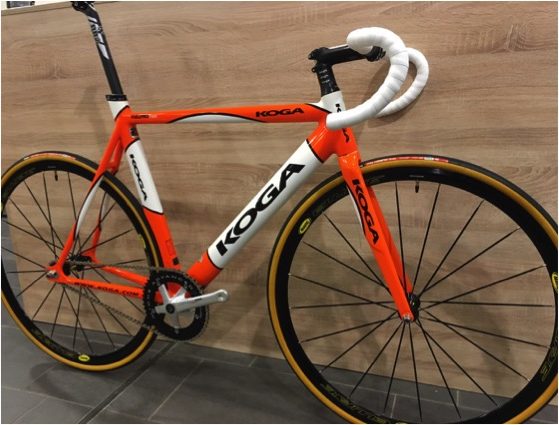Guest Article: The Forgotten Prize
We are all coming down from another Giro. There were very few mass pile ups, not too many dressed up idiots getting in rider’s ways, no scandals. There was not an epic snow day but the annual race across beautiful Italy with a few quality days in the Dolomites, the winner not appearing until the last mountain stage and a 160 kilometer parade into Torino, what’s not to love? @Tom Mc gets down and dirty with some of the Giro classifications we might have missed. Thanks @Tom Mc.
VLVV, Gianni
Did you know that the Giro has ten different prizes to be won on the final day? Seriously, there are ten separate podium ceremonies. There’s the traguardo volante award for the best performances in intermediate sprints, the Fair Play classification and the overall prize for the most aggressive rider. There’s also the Fast Team trophy and the Super Team trophy, which are apparently different things.
But a few minutes before Nibbles, Chaves and Malmerde were trotted out for the final pink jersey presentation last weekend, there was a really interesting and unique prize presented – the breakaway classification, or premio della fuga.
What’s that, I hear you (hypothetically) ask? The premio della fuga competition (fuga being the Italian word for breakaway, coming from the same root word as the English word fugitive) is awarded to the rider who spends the greatest number of kilometres in a breakaway over the course of the Giro. The overall winner of the classification gets a cash prize of €10,000 at the end of the three weeks, but there’s no leader’s jersey to wear, nor does the leader of the competition get to stand on the podium at the end of each stage.
So how does it work? Pretty straightforward, really. Riders receive one point for the competition per kilometre they spend at the front of the race in a breakaway. However, it’s important to know what constitutes a breakaway according to the Giro’s rules. For a move to qualify for the premio della fuga prize it must:
- Be clear of the main field for at least 5km;
- Contain a group of ten riders or fewer; and
- Be announced on race radio.
Crucially, attacking out of a breakaway can earn valuable extra kilometres, as riders can only take points for the breakaway classification if you’re at the testa della corsa, the head of the race. If you ever see a member of a doomed breakaway try one last attack before the field catches them on the run in to the finish of a flat stage at the Giro, it’s not necessarily because the riders think they can win – they’re trying to get one or two more points towards this prize, and maybe be named the stage’s most aggressive rider to boot.
As it’s won by individuals who are in breakaways a lot, it’s not surprise that it’s most often won by teams who regularly put riders in the breaks – second-tier ProContinental teams like Nippo-Vini Fantini, Bardiani-CSF and Wilier Triestina-Southeast. These teams often have to count on opportunistic breakaways for any stage wins they can get, seeing as they can’t guarantee sprint wins or a high position in the GC.
When all was said and done after 21 stages, BMC’s Italian rouleur Daniel Oss scooped the 10,000 euro prize at the end of the Giro with 557 points, courtesy of a 179km effort on stage 5, a 154km break on the pancake-flat stage 12 to Bibione, 31km at the front of a mountainous stage 16 to Andalo, and a whopping 193km escape on the 17th stage to Cassano D’Adda on the outskirts of Milan. Somehow his award for best (or possibly worst?) hair at the Giro must have been stolen – I suspect Bob ‘Welcome to the’ Jungels was responsible.
Although the premio della fuga will never be won by anyone successful enough that your non-cycling acquaintances will know their name, it’s still a valuable addition to the Giro because it helps to reward those that help make the race exciting by attacking.
Aside from valuable TV time for their sponsors, a high standing in the breakaway classification gives hard working riders something to show for their repeated efforts – something to hold up as an example of their quality and grinta when their next contract needs to be negotiated, as well as a way of topping up the team’s coffers with mountain and sprint primes.
In a way, it’s the riders who figure in the premio della fuga who best resemble the struggles of the Velominatus. We break away from society every time we ride, trying to gain time and space on the rest of life – presumably while the rest of life has stopped for a piss break – before being inevitably being reeled back in as the world overwhelms us again. We know we can’t break free forever, but it’s the knowledge of kilometres being deposited one by one in the V-Bank that keeps us going. Because somewhere, somehow, someone is keeping score.


